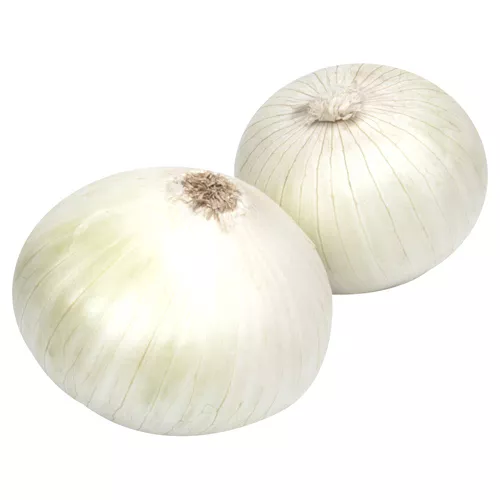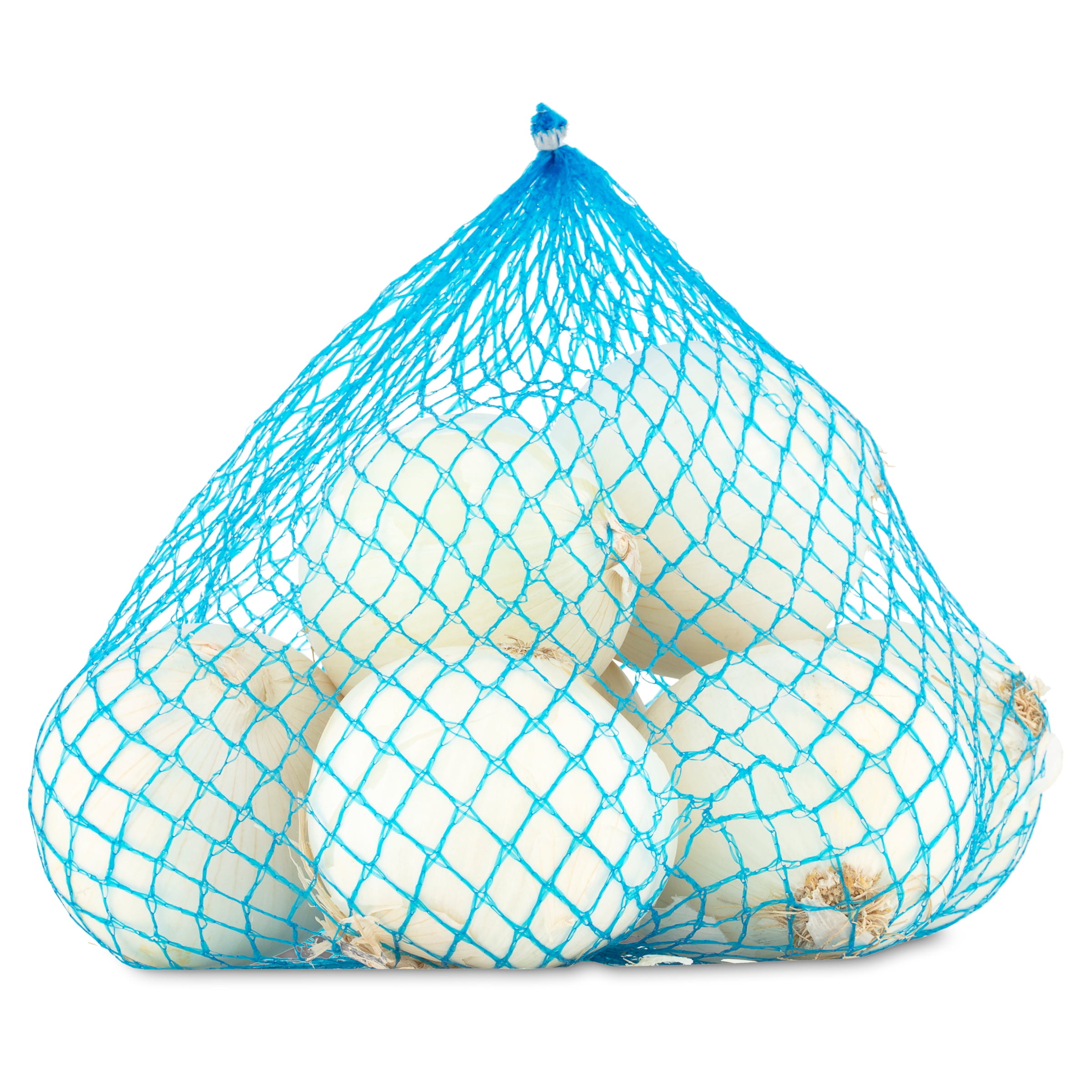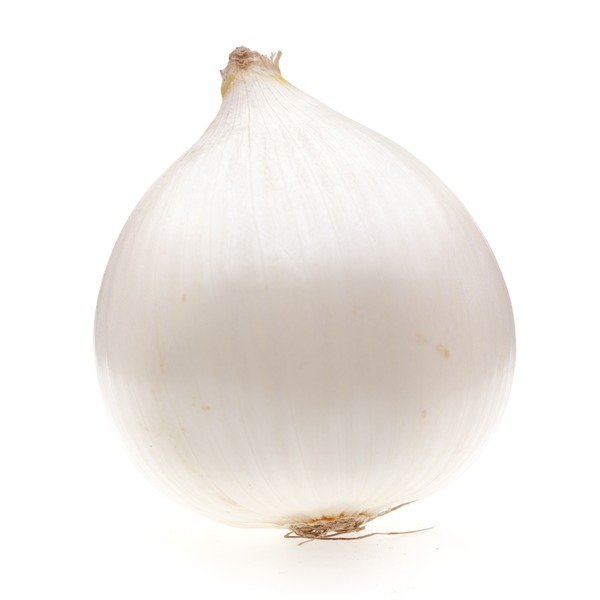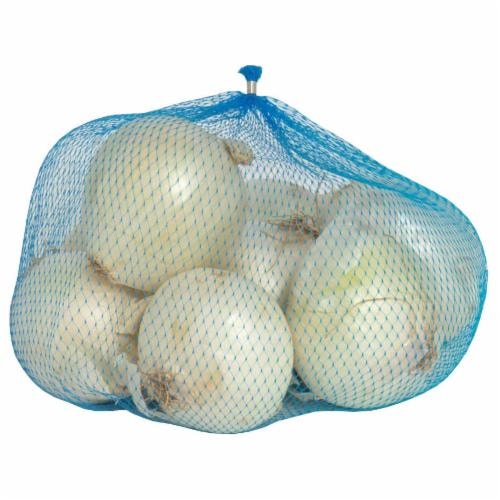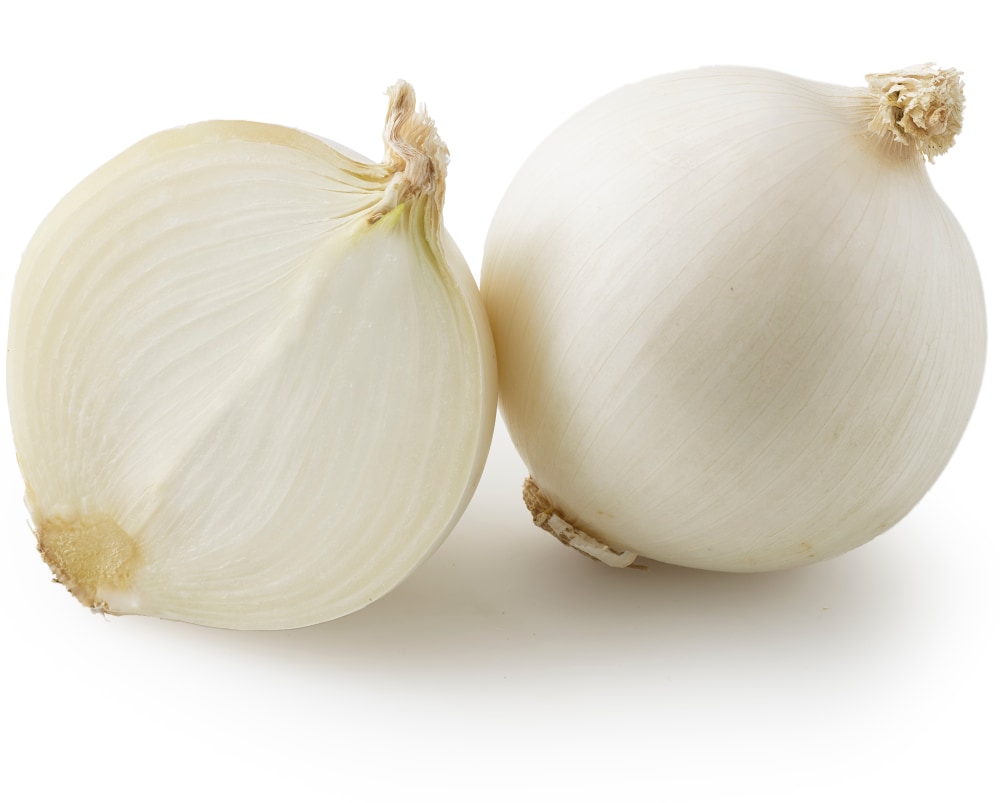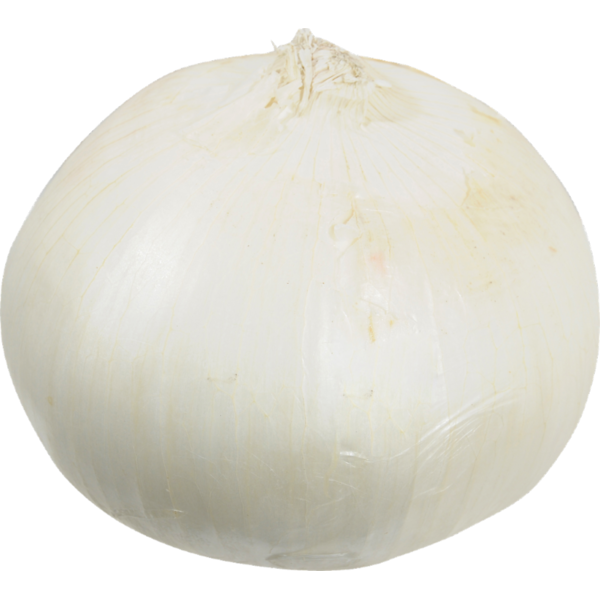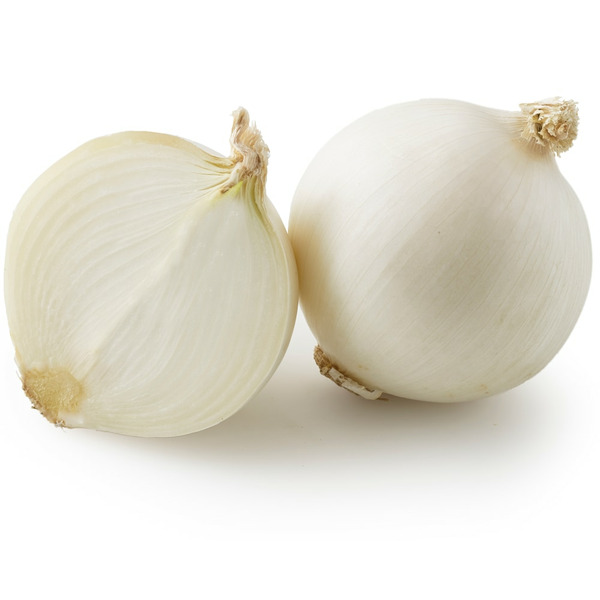SALADS
SOUPS
MAIN DISHES
White Onion
White onion, a popular bulb vegetable, is a versatile culinary staple known for its distinct sweet and mild flavor profile. Belonging to the Allium cepa species, white onions can be found globally and are readily available throughout the year. This onion variety is characterized by its smooth, papery white skin and white flesh, often considered less pungent and more palatable compared to its red and yellow counterparts.
In the world of home cooking, white onions are often utilized in various recipes, including stir-fries, salads, marinades, and salsas. They can be consumed both raw and cooked, and their crisp texture makes them a popular ingredient in sandwiches and burger toppings. Their subtle flavor profile also allows them to harmoniously blend with numerous herbs, spices, and other aromatics, making white onions a valuable addition to any kitchen pantry.
89%
CARBS
0%
FAT
11%
PROTEIN
1,423 White Onion Products
Used In 433 Recipes
3
Smoky Sausage, Pepper and Rice Medley
6
Cheesy Beef Chili Mac with a Twist
5
Quick & Creamy Indian Butter Chicken
2
Ultimate Cheesy Baked Ziti
6
Cheesy Philly-Style Beef Skillet
4
Hearty Ziti Bake with Italian Sausage
4
Smoky Turkey and Sweet Potato Skillet Bake
4
Creamy Queso Chicken Skillet
White Onion Is Frequently Used With
White Onion FAQ
Using white onions in cooking can be a trickier than expected, particularly for individuals who are not accustomed to cooking. A common mistake people make is not cutting the onion properly, which can affect the texture of the dish. Also, white onions have a high water content. It's essential to sauté them long enough to remove the water and concentrate the flavours. If not, it may lead into a mild and watery dish instead of its potential robust, sweet and savory profile.
On the other hand, to get the most out of your white onion, consider dicing or caramelizing it. Diced white onions are great in raw dishes like salads, or as a topping for tacos and burgers, offering a mild flavour and a pleasant crunch. Caramelized white onions, which are slowly cooked until brown and soft, bring a sweet and deeply savory flavor to dishes, from soups and stews to pizzas and sandwiches.
Little known tricks include soaking the onions in cold water before using them for about 10 minutes. This removes some of the bite from raw onions, making them perfect when used in salads or other dishes where they are used uncooked.
Another pro tip is to always cut onions with a sharp knife. A dull knife can 'break' the cell walls, releasing more irritant gas and making your eyes water more. A sharp knife, on the other hand, cuts cleanly through the cells, producing fewer irritants and reducing the 'tear factor' when you chop onions.
How can I reduce the strong flavor of raw white onions?
Why do my eyes water when I cut onions?
What kind of recipes can I use white onions for?
Can I substitute white onions for red onions?
What's the difference between white onions and sweet onions?
How can I get the best flavor out of my white onions?
Do I need to peel white onions?
Can white onions be eaten raw?
Why does the flavor of white onions change when cooked?
Can I freeze white onions?
Expiration & Storage Tips
When does white onion expire?
A whole, unpeeled white onion generally lasts up to 2-3 months if stored properly. Once cut, it should be used within 7-10 days. If a whole onion is not properly stored, it may start to spoil in as little as a week. A peeled or sliced onion will last up to 2 weeks in the refrigerator. Frozen, chopped white onions can be stored up to 10-12 months.
How do you tell if white onion is bad?
A bad white onion can be detected through its physical characteristics. Look for brown or black spots, or a darkening of the onion's skin. It may also have mold, particularly in the root or stem area. If it's squishy or soft when pressed, it has likely gone bad. A strong, unpleasant or sour smell is another indicator of an onion that’s spoiled. If these signs are observed, it's best to discard the onion.
Tips for storing white onion to extend shelf life
• Store whole onions in a cool, dry, well-ventilated place. Avoid plastic bags and keep them out of the refrigerator, unless they are peeled or chopped.
• Once cut, wrap tightly in plastic wrap or store in a sealable container in the refrigerator to maintain freshness.
• To freeze, clean and chop the onions, then place in freezer-safe bags. Squeeze out as much air as you can to prevent freezer burn and store in the freezer.
• Peel only as much as you need. The unpeeled parts will last longer.
• Keep away from potatoes. When stored together, they produce gases that can spoil both faster.
EXPIRES WITHIN
7 - 10
WEEKS
Substitutes

Sweet Onion

Onion

Yellow Onion

Diced Onion

Diced Yellow Onion

Shallot

Spring Onion

Cipollini Onion

Diced Celery Onion Blend

Diced Red Onion
See All
Health Info
Macros
15g
CARBS
0g
FAT
1g
PROTEIN
Allowed on these diets
LOW FAT
HIGH CALCIUM
VEGETARIAN
KETO
PALEO
WHOLE 30
MEDITERRANEAN
LOW CARB
VEGAN
LACTOSE FREE
GLUTEN FREE

